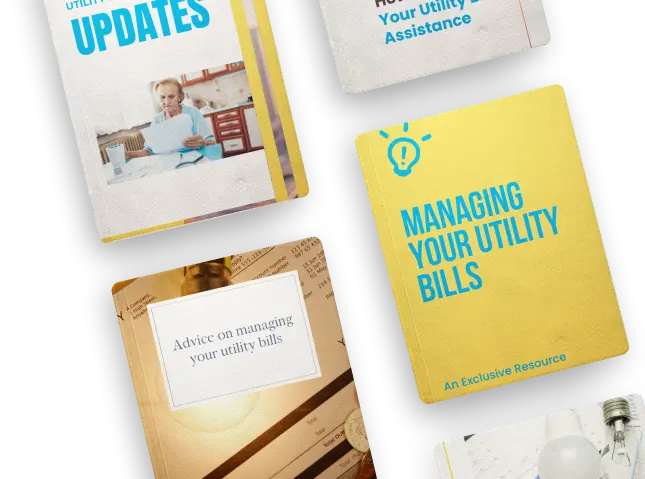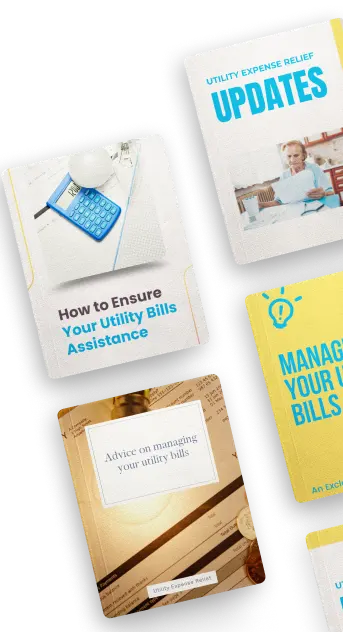Expense Relief for Individuals
With rising inflation, many people are struggling with expenses this year. By the end of 2022, U.S. household debt reached almost $17 trillion. Growing debt is one indication that individuals and households are having a hard time keeping up with expenses.
Finding relief from the heavy load of expenses starts at home. There are also government and non-profit programs that can help. Read more to find out about getting relief from expenses
Expense Relief at Home
Expense relief starts at home by setting a budget and sticking to it. Start simple and plan for such categories as necessities, desires, and goals. Determine your monthly income and regular bills, such as rent, mortgage, and car payments. Next, add in necessary items like food and clothing. Then, calculate how much you think you can save or use to pay down debt.
Last, set aside money for desired items like subscriptions, new shoes, or takeout food. If these items make you go beyond your budget, make the difficult decision to forego those expenses.
You can relieve expenses at home by paying closer attention to energy costs. Replacing light bulbs with energy-efficient ones is one way to save on household expenses. So too is programming your thermostat to use less air conditioning and heat. You can also lower the temperature of your water heater. These simple ideas add up to expense relief in the end.
Additional ways to find relief from expenses at home include going to the grocery store, rather than opting for delivery, and refraining from impulse online buying habits.
Finding relief from expenses starts at home. If you need more help, federal and state governments and non-profit organizations also provide expense relief programs.
Expense Relief from the Government and Nonprofits
Temporary Assistance for Needy Families (TANF) is a starting point for finding relief from expenses. This federally-funded program that operates at the state level helps individuals and families with food, energy, and housing expenses.
The federal government provides separate relief programs through the states to help with utility bills. For example, the Low Income Home Energy Assistance Program (LIHEAP) can help pay for air conditioning and heating costs and provide emergency services. This program can also provide free weatherization updates for qualified individuals and families to reduce their energy expenses.
Lifeline is a federal program that can help with Internet and phone costs. This is a long-standing program that was initiated in 1985 and revised in 2016 to include broadband services. The Affordable Connectivity Program (ACP) also provides subsidies to low-income households for telecommunication expenses and has a broader range of eligibility.
If energy expenses have increased due to a hardship, then Relief for Energy Assistance through Community Help (REACH) is an option. This non-profit organization provides help with utility services during a crisis or other hardship in the form of an energy credit of up to $500.
In addition to utilities, automobiles represent another common category for people looking to get help with expenses. You may be eligible for automotive expense relief from state governments.
For example, individuals in California can receive $1,200 for emissions-related repairs through the Consumer Assistance Program. In Alabama and West Virginia, EnACT Community Action provides help with automotive repair.
The non-profit organization Operation Homefront provides relief and ongoing support to military families that includes assistance with automotive repairs. United Way also works with local car repair programs to help individuals and households.
Some non-profit organizations like Net Wish provide grants and financial aid to cover emergency expenses. These funds are based on need and allocated for many living expenses and monthly bills, including utilities and automobiles.
Between government and non-profit programs, individuals and households can find relief from expenses.
Expense Relief
Utility and automotive expenses are among the areas that you can find relief at home or through outside help. Budgeting and finding ways to reduce expenses starts at home. If more help is needed, you can look to government and non-profit organizations. To learn more about expense relief and to get advice about it, visit FlourishDaily.












